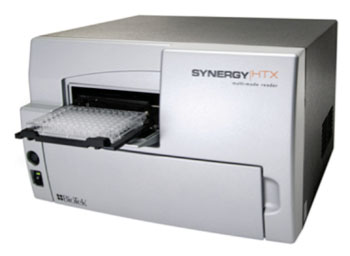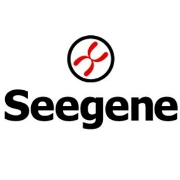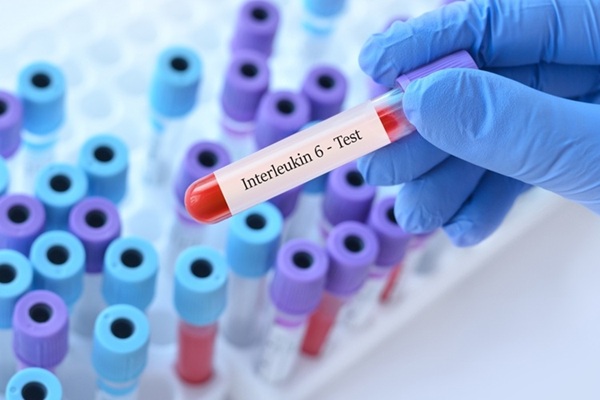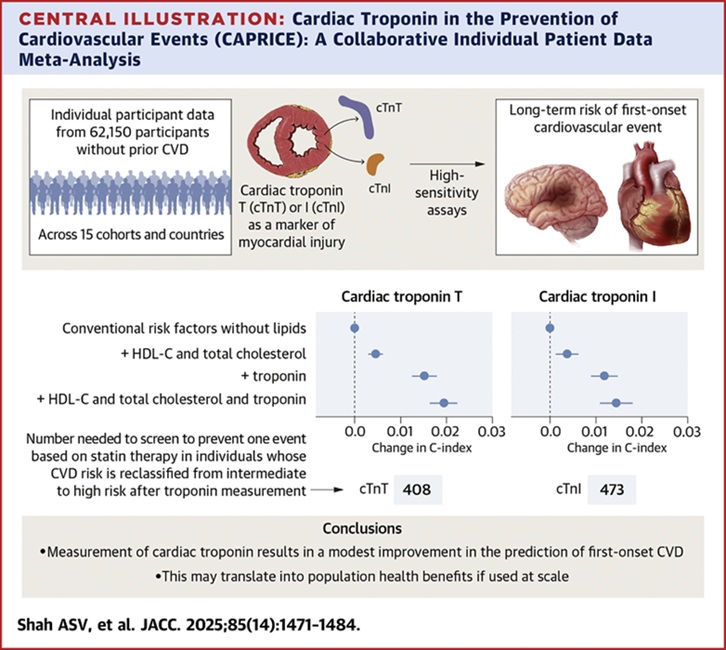Modular Design of New Microplate Reader Encourages Modification and Upgrades
|
By LabMedica International staff writers Posted on 25 Aug 2014 |
Life science and biotech researchers now have available a state-of-the-art modular microplate reader with a wide range of capabilities from UV-visual absorbance to bottom fluorescence and luminescence.
The new BioTek Instruments, Inc. (Winooski, VT, USA) Synergy HTX Multi-Mode Microplate Reader is an entry-level multimode reader that automates UV-visual absorbance, fluorescence, luminescence, and AlphaScreen/AlphaLISA assays in 6- to 384-well microplates that can be delivered in samples as small as two microliters.
AlphaScreen (Amplified Luminescent Proximity Homogeneous Assay Screen) is versatile assay technology developed to measuring analytes using a homogenous protocol. This technology is an example of a bead-based proximity assay and was developed from a diagnostic assay technology known as LOCI (Luminescent Oxygen Channeling Assay) where singlet oxygen molecules, generated by high energy irradiation of donor beads, travel over a constrained distance of approximately 200 nanometers) to acceptor beads. This results in excitation of a cascading series of chemical reactions, ultimately causing generation of a chemiluminescent signal. Recently, the basic AlphaScreen technology was extended in that the chemistry of the acceptor bead was modified such that emitted light is more intense and spectrally defined, thereby markedly reducing interference from biological fluid matrices (such as trace hemolysis in serum and plasma). In this format, referred to as AlphaLISA, it provides an alternative technology to classical ELISA assays and is suitable for high throughput automated fluid dispensing and detection systems.
The Synergy HTX incorporates linear and orbital shaking and Four-Zone incubation to 50 degrees Celsius with condensation control to minimize plate lid condensation. These features, coupled with an available dual reagent dispenser, make the Synergy HTX an excellent platform for biochemical and cell-based applications such as nucleic acid quantification, cell growth and toxicity assays, kinetic ELISA, and inject/read assays.
The optional dual reagent injection system automates inject/read assays such as ion channels assays or flash luminescence assays (e.g., luciferase or ATP assays). The Synergy HTX’s modular design allows upgrading supported by BioTek’s Gen5 data analysis software for advanced reader control, data analysis, graphing, exporting, and reporting. Additionally, the instrument is compatible with BioTek’s Take3 Multi-Volume Microplate that measures up to 16 two microliter samples, two BioCells, or a standard cuvette for fast and simple multivolume, multisample analysis.
Related Links:
BioTek Instruments, Inc.
The new BioTek Instruments, Inc. (Winooski, VT, USA) Synergy HTX Multi-Mode Microplate Reader is an entry-level multimode reader that automates UV-visual absorbance, fluorescence, luminescence, and AlphaScreen/AlphaLISA assays in 6- to 384-well microplates that can be delivered in samples as small as two microliters.
AlphaScreen (Amplified Luminescent Proximity Homogeneous Assay Screen) is versatile assay technology developed to measuring analytes using a homogenous protocol. This technology is an example of a bead-based proximity assay and was developed from a diagnostic assay technology known as LOCI (Luminescent Oxygen Channeling Assay) where singlet oxygen molecules, generated by high energy irradiation of donor beads, travel over a constrained distance of approximately 200 nanometers) to acceptor beads. This results in excitation of a cascading series of chemical reactions, ultimately causing generation of a chemiluminescent signal. Recently, the basic AlphaScreen technology was extended in that the chemistry of the acceptor bead was modified such that emitted light is more intense and spectrally defined, thereby markedly reducing interference from biological fluid matrices (such as trace hemolysis in serum and plasma). In this format, referred to as AlphaLISA, it provides an alternative technology to classical ELISA assays and is suitable for high throughput automated fluid dispensing and detection systems.
The Synergy HTX incorporates linear and orbital shaking and Four-Zone incubation to 50 degrees Celsius with condensation control to minimize plate lid condensation. These features, coupled with an available dual reagent dispenser, make the Synergy HTX an excellent platform for biochemical and cell-based applications such as nucleic acid quantification, cell growth and toxicity assays, kinetic ELISA, and inject/read assays.
The optional dual reagent injection system automates inject/read assays such as ion channels assays or flash luminescence assays (e.g., luciferase or ATP assays). The Synergy HTX’s modular design allows upgrading supported by BioTek’s Gen5 data analysis software for advanced reader control, data analysis, graphing, exporting, and reporting. Additionally, the instrument is compatible with BioTek’s Take3 Multi-Volume Microplate that measures up to 16 two microliter samples, two BioCells, or a standard cuvette for fast and simple multivolume, multisample analysis.
Related Links:
BioTek Instruments, Inc.
Read the full article by registering today, it's FREE! 

Register now for FREE to LabMedica.com and get access to news and events that shape the world of Clinical Laboratory Medicine. 
- Free digital version edition of LabMedica International sent by email on regular basis
- Free print version of LabMedica International magazine (available only outside USA and Canada).
- Free and unlimited access to back issues of LabMedica International in digital format
- Free LabMedica International Newsletter sent every week containing the latest news
- Free breaking news sent via email
- Free access to Events Calendar
- Free access to LinkXpress new product services
- REGISTRATION IS FREE AND EASY!
Sign in: Registered website members
Sign in: Registered magazine subscribers
Latest BioResearch News
- Genome Analysis Predicts Likelihood of Neurodisability in Oxygen-Deprived Newborns
- Gene Panel Predicts Disease Progession for Patients with B-cell Lymphoma
- New Method Simplifies Preparation of Tumor Genomic DNA Libraries
- New Tool Developed for Diagnosis of Chronic HBV Infection
- Panel of Genetic Loci Accurately Predicts Risk of Developing Gout
- Disrupted TGFB Signaling Linked to Increased Cancer-Related Bacteria
- Gene Fusion Protein Proposed as Prostate Cancer Biomarker
- NIV Test to Diagnose and Monitor Vascular Complications in Diabetes
- Semen Exosome MicroRNA Proves Biomarker for Prostate Cancer
- Genetic Loci Link Plasma Lipid Levels to CVD Risk
- Newly Identified Gene Network Aids in Early Diagnosis of Autism Spectrum Disorder
- Link Confirmed between Living in Poverty and Developing Diseases
- Genomic Study Identifies Kidney Disease Loci in Type I Diabetes Patients
- Liquid Biopsy More Effective for Analyzing Tumor Drug Resistance Mutations
- New Liquid Biopsy Assay Reveals Host-Pathogen Interactions
- Method Developed for Enriching Trophoblast Population in Samples
Channels
Clinical Chemistry
view channel
‘Brilliantly Luminous’ Nanoscale Chemical Tool to Improve Disease Detection
Thousands of commercially available glowing molecules known as fluorophores are commonly used in medical imaging, disease detection, biomarker tagging, and chemical analysis. They are also integral in... Read more
Low-Cost Portable Screening Test to Transform Kidney Disease Detection
Millions of individuals suffer from kidney disease, which often remains undiagnosed until it has reached a critical stage. This silent epidemic not only diminishes the quality of life for those affected... Read more
New Method Uses Pulsed Infrared Light to Find Cancer's 'Fingerprints' In Blood Plasma
Cancer diagnoses have traditionally relied on invasive or time-consuming procedures like tissue biopsies. Now, new research published in ACS Central Science introduces a method that utilizes pulsed infrared... Read moreMolecular Diagnostics
view channel
Cheap Cell-Free DNA Based Test Accurately Predicts Preterm Birth
Preterm birth (PTB) occurs in around 11% of all births globally, leading to considerable morbidity and mortality for both mothers and their newborns. Identifying pregnancies at risk of PTB early in gestation... Read more
RNA Blood Test Detects Cancers and Resistance to Treatment
A newly developed blood test offers the ability to detect cancer, understand how cancer resists treatments, and assess tissue damage from non-cancerous conditions. This innovative test, created by researchers... Read moreHematology
view channel
New Scoring System Predicts Risk of Developing Cancer from Common Blood Disorder
Clonal cytopenia of undetermined significance (CCUS) is a blood disorder commonly found in older adults, characterized by mutations in blood cells and a low blood count, but without any obvious cause or... Read more
Non-Invasive Prenatal Test for Fetal RhD Status Demonstrates 100% Accuracy
In the United States, approximately 15% of pregnant individuals are RhD-negative. However, in about 40% of these cases, the fetus is also RhD-negative, making the administration of RhoGAM unnecessary.... Read moreImmunology
view channel
Stem Cell Test Predicts Treatment Outcome for Patients with Platinum-Resistant Ovarian Cancer
Epithelial ovarian cancer frequently responds to chemotherapy initially, but eventually, the tumor develops resistance to the therapy, leading to regrowth. This resistance is partially due to the activation... Read more
Machine Learning-Enabled Blood Test Predicts Immunotherapy Response in Lymphoma Patients
Chimeric antigen receptor (CAR) T-cell therapy has emerged as one of the most promising recent developments in the treatment of blood cancers. However, over half of non-Hodgkin lymphoma (NHL) patients... Read moreMicrobiology
view channel
Handheld Device Delivers Low-Cost TB Results in Less Than One Hour
Tuberculosis (TB) remains the deadliest infectious disease globally, affecting an estimated 10 million people annually. In 2021, about 4.2 million TB cases went undiagnosed or unreported, mainly due to... Read more
New AI-Based Method Improves Diagnosis of Drug-Resistant Infections
Drug-resistant infections, particularly those caused by deadly bacteria like tuberculosis and staphylococcus, are rapidly emerging as a global health emergency. These infections are more difficult to treat,... Read more
Breakthrough Diagnostic Technology Identifies Bacterial Infections with Almost 100% Accuracy within Three Hours
Rapid and precise identification of pathogenic microbes in patient samples is essential for the effective treatment of acute infectious diseases, such as sepsis. The fluorescence in situ hybridization... Read morePathology
view channel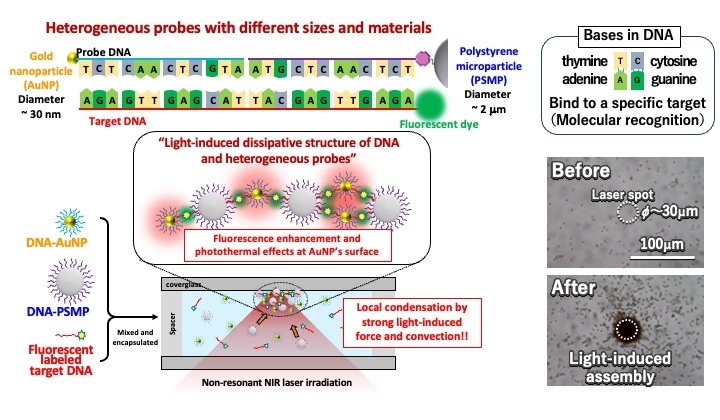
Rapid, Ultra-Sensitive, PCR-Free Detection Method Makes Genetic Analysis More Accessible
Genetic testing has been an important method for detecting infectious diseases, diagnosing early-stage cancer, ensuring food safety, and analyzing environmental DNA. For a long time, polymerase chain reaction... Read more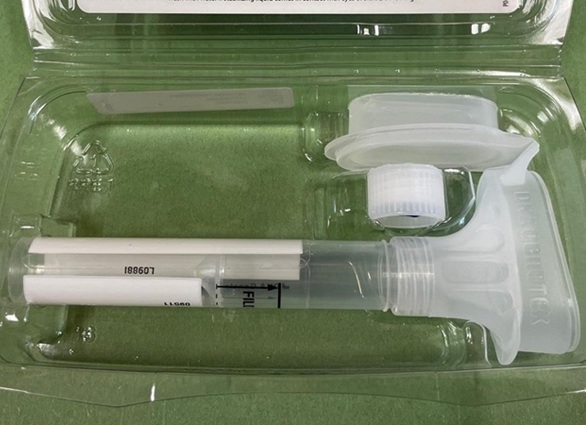
Spit Test More Accurate at Identifying Future Prostate Cancer Risk
Currently, blood tests that measure the level of a protein called prostate-specific antigen (PSA) are commonly used to identify men at higher risk for prostate cancer. This test is typically used based... Read moreDNA Nanotechnology Boosts Sensitivity of Test Strips
Since the Covid-19 pandemic, most people have become familiar with paper-based rapid test strips, also known as lateral flow immunoassays (LFIAs). These tests are used to quickly detect biomarkers that... Read more
Novel UV and Machine Learning-Aided Method Detects Microbial Contamination in Cell Cultures
Cell therapy holds great potential in treating diseases such as cancers, inflammatory conditions, and chronic degenerative disorders by manipulating or replacing cells to restore function or combat disease.... Read moreTechnology
view channel
Disposable Microchip Technology Could Selectively Detect HIV in Whole Blood Samples
As of the end of 2023, approximately 40 million people globally were living with HIV, and around 630,000 individuals died from AIDS-related illnesses that same year. Despite a substantial decline in deaths... Read more
Pain-On-A-Chip Microfluidic Device Determines Types of Chronic Pain from Blood Samples
Chronic pain is a widespread condition that remains difficult to manage, and existing clinical methods for its treatment rely largely on self-reporting, which can be subjective and especially problematic... Read more
Innovative, Label-Free Ratiometric Fluorosensor Enables More Sensitive Viral RNA Detection
Viruses present a major global health risk, as demonstrated by recent pandemics, making early detection and identification essential for preventing new outbreaks. While traditional detection methods are... Read moreIndustry
view channel
Cepheid and Oxford Nanopore Technologies Partner on Advancing Automated Sequencing-Based Solutions
Cepheid (Sunnyvale, CA, USA), a leading molecular diagnostics company, and Oxford Nanopore Technologies (Oxford, UK), the company behind a new generation of sequencing-based molecular analysis technologies,... Read more
Grifols and Tecan’s IBL Collaborate on Advanced Biomarker Panels
Grifols (Barcelona, Spain), one of the world’s leading producers of plasma-derived medicines and innovative diagnostic solutions, is expanding its offer in clinical diagnostics through a strategic partnership... Read more



